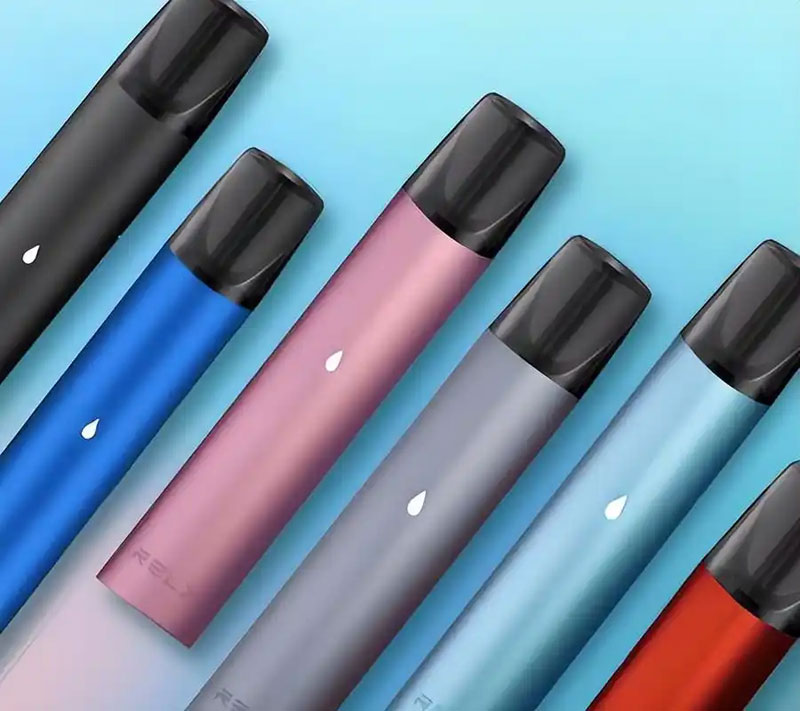The FDA’s unexpected decision to ban e-cigarettes has sent shockwaves throughout the vaping industry, leaving many stakeholders scrambling to understand the implications and adjust their strategies accordingly. This move comes at a time when e-cigarettes have become increasingly popular as an alternative to traditional smoking methods, touted for their potential to help smokers reduce or quit their nicotine consumption. With the ban now in effect, questions arise about the future of vaping products, their users, and the businesses centered around them.

E-cigarettes, which have been heralded as less harmful than traditional tobacco cigarettes, are now in the FDA’s crosshairs due to health concerns. The ban is based on rising concerns about the long-term health effects on users, particularly young people. The FDA’s rigorous analytical scrutiny has pointed to worries about substances found in vape cartridges that might pose serious health risks.
This decision has left the e-cigarette industry facing a significant challenge. Companies are considering reformulating their products, while distributors are sorting out existing inventories. The ban not only affects manufacturers but also countless vape shops reliant on the sale of e-cigarettes as a major revenue stream. These businesses must now navigate a complex legal environment, considering potential litigation or compliance adjustments.
The Impact on Consumers
Consumers are also directly impacted as they lose access to a product that many perceive as a less harmful smoking alternative. Vapers are now exploring alternatives such as nicotine patches, gum, or other cessation products. This shift might not only affect current users but could also impact those considering switching from traditional smoking.

Market Dynamics and Innovation
In response to this regulatory change, the market dynamics are expected to evolve. Leading e-cigarette brands might need to invest in innovation and research to create compliant products. The ban could also open up new opportunities for manufacturers specializing in traditional tobacco products to reclaim lost market share.
Some experts speculate that this may spur innovation as companies compete to develop products that abide by FDA regulations while still appealing to consumers.
Legal and Advocacy Efforts
The ban might also trigger a wave of legal and advocacy efforts aimed at overturning or modifying the ruling. Organizations advocating for e-cigarette users could intensify their lobbying efforts to influence policymakers or challenge the FDA’s decision.
FAQ

Why did the FDA ban e-cigarettes?
The FDA banned e-cigarettes due to increasing concerns about their long-term health effects and potential risks associated with substances found in some vape products, particularly among young people.
What alternatives are available for e-cigarette users?
Alternatives include nicotine replacement therapies like patches and gum, as well as traditional smoking cessation products.
Could the ban be overturned in the future?
It’s possible that through legal challenges, advocacy, or changes in policy, the ban could be revisited or modified, but this requires significant effort from stakeholders within the industry.
